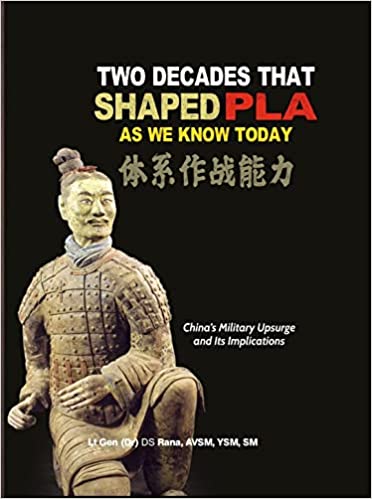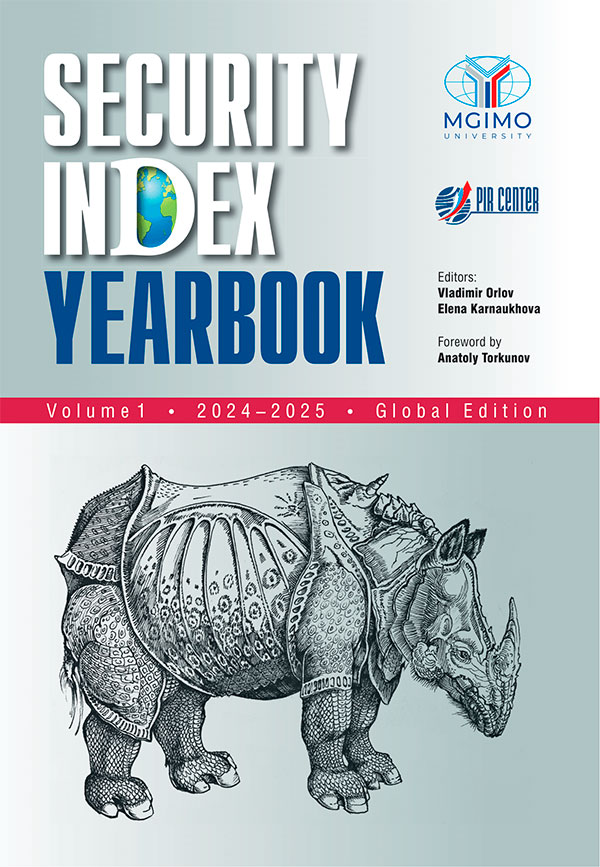... Whatever affects one directly, affects all indirectly." (MLK)
The international community strongly denounced the violence in Syria but so far it hasn’t been able to provide an effective framework to prevent and stop these atrocities. The responsibility to protect (R2P) doctrine - adopted in 2005 to embody the promises made by world leaders to prevent a future “Cambodia”,... ... invoked yet, because substantial disagreements over R2P’s practical implementation led to a political stalemate at the UN Security Council. And it is not surprising as the doctrine in its current form was never meant to be a panacea.
First of all,...
... interventions, having United Nations authorization represents broad support and eliminates cases where the “responsibility to protect” rhetoric is used to cover up military intervention that does not serve humanitarian purposes.
The norm of the responsibility to protect was unanimously adopted by all UN Member States (Libya and Syria were among those who endorsed this norm, but have failed to uphold it). Any military intervention outside of a UN Security Council mandate is subject to severe criticism and censure, and should be considered as a forceful infringement on the sovereignty of a nation state.
Military intervention is a very challenging decision to make and one that is even harder ...
... voting on this resolution, which was adopted. During the operation the alliance then morphed the original mission of saving civilians into one of a bringing about a regime change. The operation in Libya thus exceeded its mandate and the norm of the responsibility to protect was damaged in the eyes of some nations, including China and Russia. This is partly responsible for the failure on the part of the Security Council to take any decisive actions on Syria – Russia now suspects Western nations of pushing their own geopolitical agendas in Syria. Such excess of UN mandate as in Libya might have jeopardized the concept of the responsibility to protect and pushed more countries away from arriving ...
... have proven inadequate in Syria and the fact that its national authorities have manifestly failed to protect their populations, Syria, with its massive crimes against humanity should be a perfect candidate for military intervention according to the norm of the responsibility to protect. It seems that a just cause is present, yet the international community is paralyzed with inaction.
... ... when there was an increase in violence and attacks on peacekeepers the UN Member States withdrew their forces.
Once a UN Security Council resolution establishing a military mandate is adopted, it usually takes some time to gather the necessary amount ...
... will bring more good than harm (Proportional means and reasonable prospect)
the military intervention is authorized by the UN Security Council (Right authority)
Criterion 1: Last resort
The end goal of any conflict, including a military one, is to ... ... of success in order to avoid wasting too much time stagnating on approaches that are unlikely to succeed.
For example in Syria, for almost two years now the international community has tried unsuccessfully to rely upon peaceful means such as six-point ...
... it. The horrifying levels of human suffering experienced in Somalia, Rwanda and now Syria are just some of examples of the UN’s failure to comply with its founding... ... of civilians. A massive military intervention was needed to halt atrocities, but the Security Council and Member States were incapable of responding to the realities on... ... authorized all necessary measures to protect civilians.
Thus, enshrined in the concept of responsibility to protect case by case basis of making decision on conducting military...



